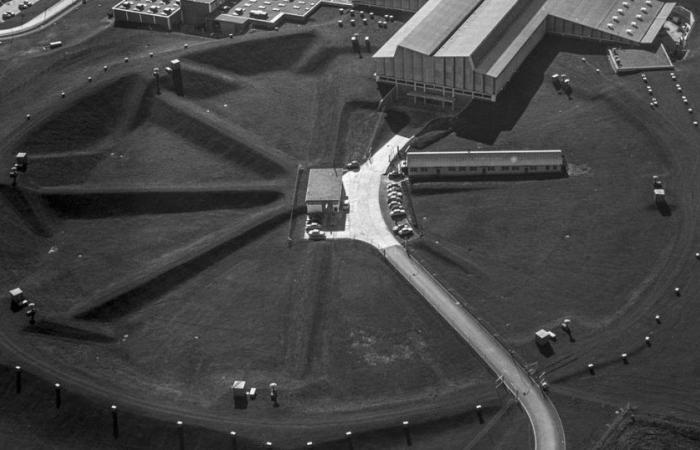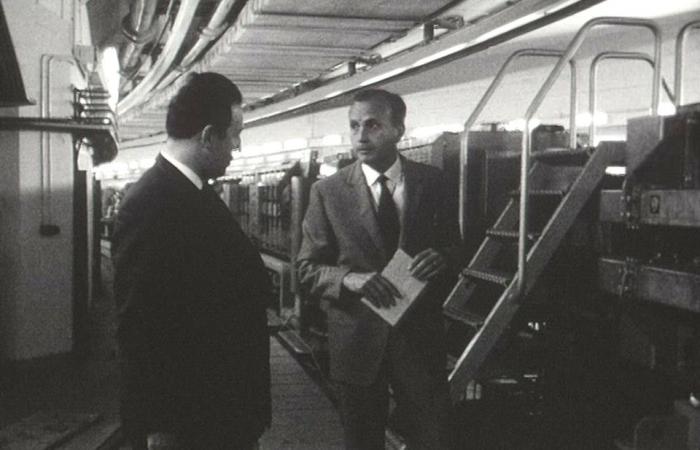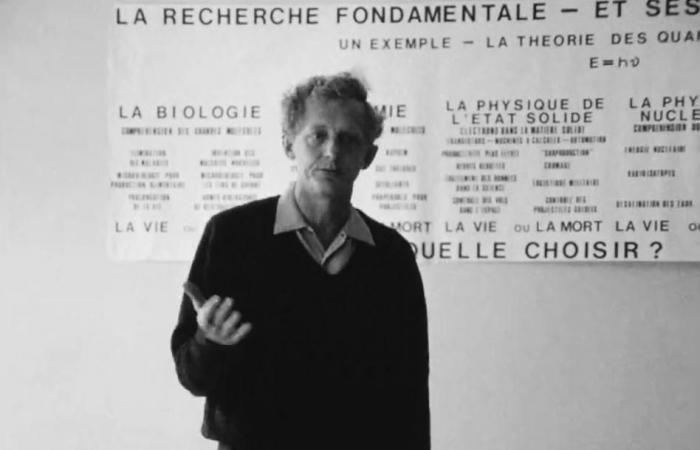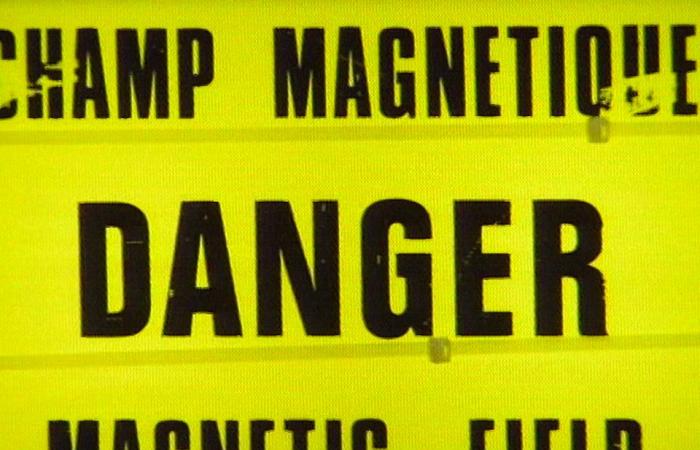The European Council for Nuclear Research
TSR journalist Georges Hardy visited CERN, or the European Council for Nuclear Research, in November 1959, to mark the anniversary of the immense proton accelerator, the Synchrocyclotron, which is the main working instrument of this institution.
Located straddling Geneva and neighboring France, CERN was officially created on September 29, 1954 after the ratification of a convention by 12 European states. Its mission is to promote collaboration between European States for scientific and fundamental nuclear research.
The proton synchrotron: Késako?
In January 1968, the journalist Georges Kleinmann dedicated the scientific program Dimensions in the field of particle physics. Unstable and not occurring naturally, these particles can only be detected during high-energy collisions.
He thus went to the European laboratory for particle physics (CERN), where, in the company of experts, he introduced us to the large particle accelerator. The latter includes five zones, including a huge concrete ring 200 meters in diameter. All around are the laboratories and facilities essential for carrying out the entire process. CERN physicists colloquially call it “the Machine”.
A researcher’s life
His name is Mike Pentz. A researcher at CERN in Geneva, he leads a life punctuated by his scientific passion, his family and his political commitment against apartheid. The show Today followed him in his daily life, with his colleagues. An original way of presenting CERN, the functioning of which remains mysterious among the population.

The LEP
At the European Organization for Nuclear Research (CERN), the more advances in nuclear physics progress, the more pressing the need for new tools becomes.
After commissioning the Proton Synchro-Cyclotron (SC) in 1957, then the Super Proton Synchrotron (SPS) in 1971, CERN decided to build the Large Electron-Positron Collider (LEP). The latter is installed in a tunnel 27 kilometers in circumference and 3.8 meters in diameter, straddling Switzerland and France. Work began in 1981, and it became the most powerful lepton collider ever built.
LEP is a Collider, it is a device in which particles circulate in one direction, and antiparticles in the other direction.
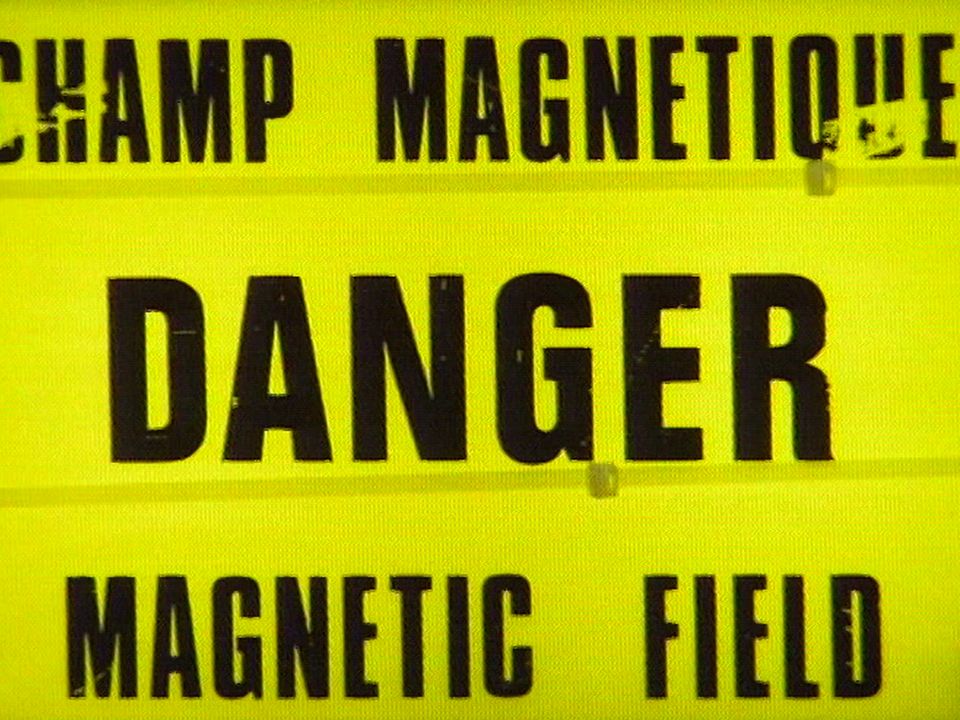
Inauguration of LEP
The LEP was officially inaugurated on November 13, 1989 in the presence of some 1,500 guests. Among them, heads of state, such as French President François Mitterrand or President of the Confederation Jean-Pascal Delamuraz, as well as ministers from all fourteen CERN member states.
![Inauguration_LEP_1989 [Keystone] Inauguration_LEP_1989 [Keystone]](https://euro.dayfr.com/content/uploads/2024/09/30/64526e5266.jpg)
The LHC, ten times more powerful
In their incessant quest for answers about the nature of matter, CERN teams have been able to take advantage of the power of LEP. Thanks to him, the standard model of particles could be established, encompassing the most fundamental constituents of matter. However, essential questions remain, and a key piece is still missing from this puzzle: what physicists call the Higgs boson.

To find out, in 1994, the construction of a Large Hadron Collider (LHC) was approved. LEP is dismantled and the LHC is built in the circular tunnel of its predecessor. It was ready for operation on September 10, 2008. It supplanted LEP and became the most powerful particle accelerator ever built.
We can give the mass to elementary particles using this famous Higgs boson which emerges from the vacuum and which makes the particles weigh.
It exists!!!
July 4, 2012, the news magazine The Journal looks back at the incredible scientific discovery made at CERN. The two detectors, ATLAS and CMS, made it possible to observe evidence of the presence of the Higgs boson by analyzing millions of proton collisions in the Large Hadron Collider (LHC).
![Boson de Higgs [Keystone]](https://euro.dayfr.com/content/uploads/2024/09/30/eb71c3f92f.jpg)
This discovery validates the theory developed by British particle physicist Peter Higgs. As early as 1964, he postulated the existence of a particle: a boson giving mass to the gases resulting from the Big Bang. Without this particle, the other particles would never meet and could not form matter.
And again…
CERN has played a major role in the development of certain computer technologies.
The most famous is undoubtedly the World Wide Web. Created in 1989 by British computer scientist Tim Berners-Lee, it allowed scientists to stay in touch and share the results of their research. This innovation also offered the general public access to the Internet network in 1991.
![CERN_1965_Computer [Keystone - STR] CERN_1965_Computer [Keystone - STR]](https://euro.dayfr.com/content/uploads/2024/09/30/85f714a5ff.jpg)
In 2007, to analyze the millions of data that the future LHC particle collider would produce, CERN developed The Gridbased on the same idea as the Web: the pooling of computer resources between remote computers, connected at very high speed throughout the world. This global network of computers will not only share information, but also computing power and storage capacities.
Martine Cameroni for the RTS Archives website

